For years, homeowners have considered birds to be a backyard nuisance. But with changing times many have learned to embrace the beauty and usefulness of our fine feathered friends. When designing an outdoor space to attract birds, there are numerous steps one must take to create a healthy and attractive environment. And while that may sound like an intimidating task, these easy tips will have you on your way to owning your own aviary paradise.
Keeping the Habitat Healthy
The most important element to consider when designing a patio habitat for local birds is ensuring that it is free of toxins and chemicals. Pesticides, which are commonly used to eliminate insect populations in gardens, can cause illness among birds. These harmful effects can even lead to death. Chemicals such as Furadan, Spectracide, Dursban, and others are to be avoided at all costs. There are many non-toxic, natural varieties of pesticides available that work just as well, including corn gluten, neem oil, and tobacco sprays. Regardless of which organic option you choose, the birds and plants will both thank you for keeping them safe and healthy.
Hydrating Your Habitat

If you live in a dry climate, you know more than anyone how difficult it is to come by water outdoors, especially during the summer months. Birds are always in pursuit of a source of fresh drinking water. If there is a lack of natural water sources in your area, adding features such as fountains and bird baths will create a haven for the feathered friends in your area to hydrate and bathe safely. In order to keep your water supply healthy for consumption by birds, a cover is essential for keeping debris and toxins out. With just that simple addition, you can turn your arid yard into a hydrating habitat.
Habitats are for Helping
When setting out to cultivate a new garden, many fresh-faced outdoor enthusiasts are unaware of the biggest threat to natural flora and fauna: invasive plant species. What makes a plant invasive, you may ask? The answer is simple: an invasive species is any type of plant (or animal) that is introduced into an environment that it is not native to. The result of this introduction is often a rapid takeover of natural, pre-existing fauna and a general disruption of the ecosystem. Local birds will be less likely to frequent your yard if it is filled with plants they are not accustomed to, and may even become ill after ingesting non-native fauna. However, prevention is easier than ever with resources such as native plant databases that can be used to find which plants are local to your area and beneficial to your garden. Happy planting!
Happy Habitats

It can be tempting to construct the largest and most elaborate backyard on the block, but there are hidden downsides to having an expansive lawn. Birds searching for a reliable source of food may become confused and overwhelmed when they come across an environment that is large but lacking in sustainable nutrients. Treat the birds in your backyard with an uncluttered, simplistic design. In doing this, you ensure that the flocks that frequent are welcomed warmly into an environment conducive to both their needs and your desire for a backyard bird sanctuary.
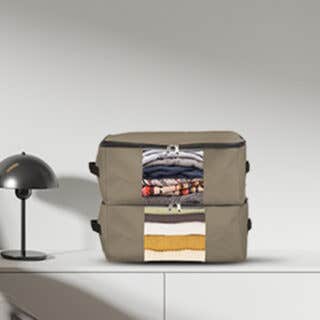
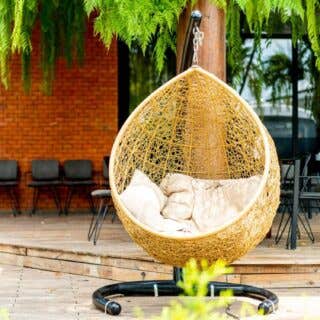
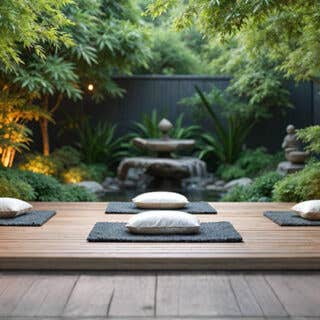
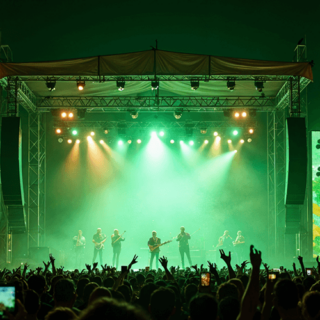


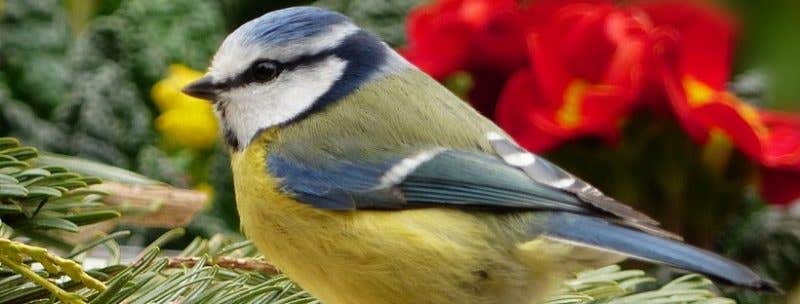
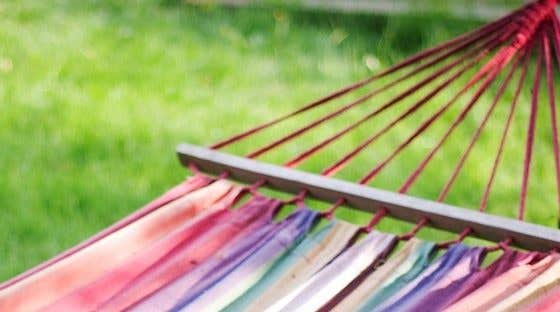
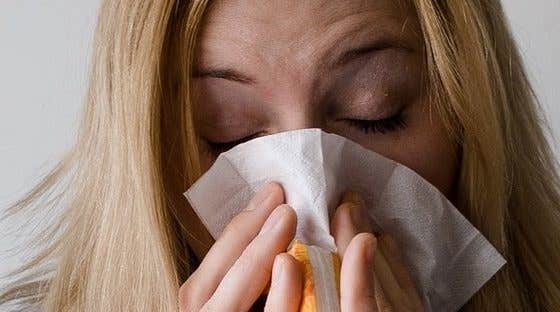
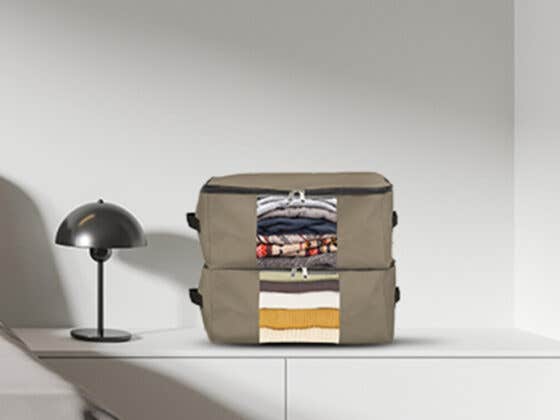
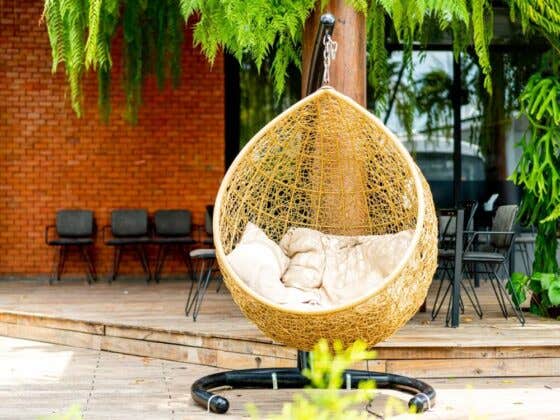
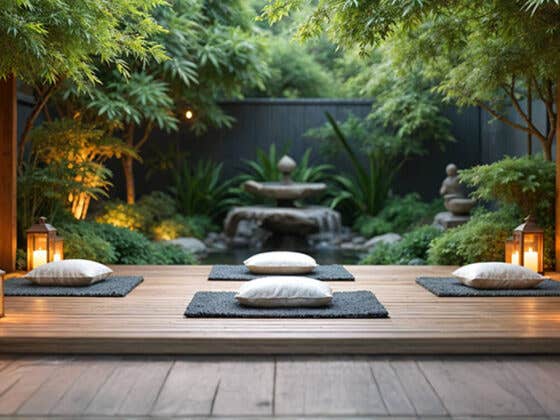
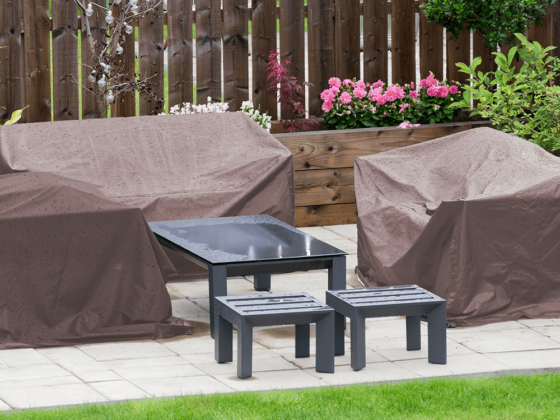

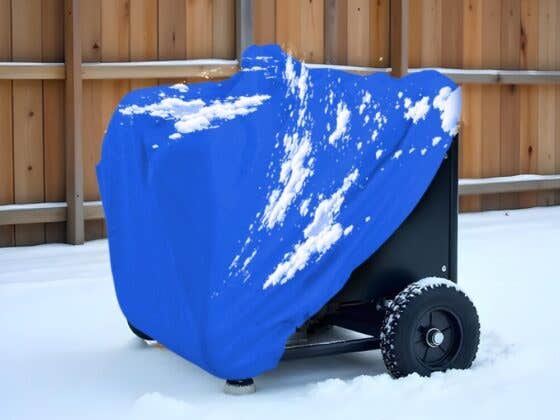
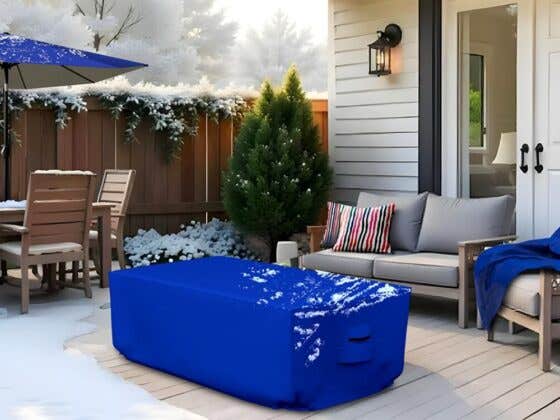
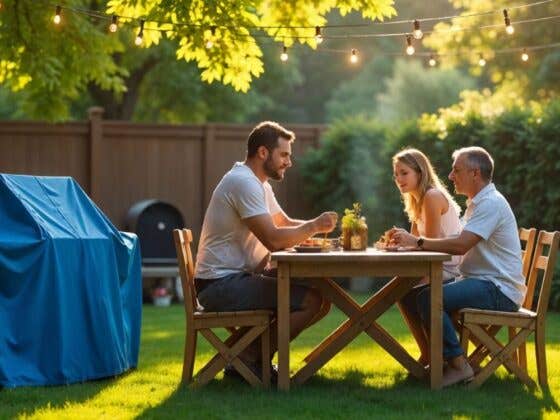
Recent Comments